HSBC 2010 Annual Report Download - page 150
Download and view the complete annual report
Please find page 150 of the 2010 HSBC annual report below. You can navigate through the pages in the report by either clicking on the pages listed below, or by using the keyword search tool below to find specific information within the annual report.-
 1
1 -
 2
2 -
 3
3 -
 4
4 -
 5
5 -
 6
6 -
 7
7 -
 8
8 -
 9
9 -
 10
10 -
 11
11 -
 12
12 -
 13
13 -
 14
14 -
 15
15 -
 16
16 -
 17
17 -
 18
18 -
 19
19 -
 20
20 -
 21
21 -
 22
22 -
 23
23 -
 24
24 -
 25
25 -
 26
26 -
 27
27 -
 28
28 -
 29
29 -
 30
30 -
 31
31 -
 32
32 -
 33
33 -
 34
34 -
 35
35 -
 36
36 -
 37
37 -
 38
38 -
 39
39 -
 40
40 -
 41
41 -
 42
42 -
 43
43 -
 44
44 -
 45
45 -
 46
46 -
 47
47 -
 48
48 -
 49
49 -
 50
50 -
 51
51 -
 52
52 -
 53
53 -
 54
54 -
 55
55 -
 56
56 -
 57
57 -
 58
58 -
 59
59 -
 60
60 -
 61
61 -
 62
62 -
 63
63 -
 64
64 -
 65
65 -
 66
66 -
 67
67 -
 68
68 -
 69
69 -
 70
70 -
 71
71 -
 72
72 -
 73
73 -
 74
74 -
 75
75 -
 76
76 -
 77
77 -
 78
78 -
 79
79 -
 80
80 -
 81
81 -
 82
82 -
 83
83 -
 84
84 -
 85
85 -
 86
86 -
 87
87 -
 88
88 -
 89
89 -
 90
90 -
 91
91 -
 92
92 -
 93
93 -
 94
94 -
 95
95 -
 96
96 -
 97
97 -
 98
98 -
 99
99 -
 100
100 -
 101
101 -
 102
102 -
 103
103 -
 104
104 -
 105
105 -
 106
106 -
 107
107 -
 108
108 -
 109
109 -
 110
110 -
 111
111 -
 112
112 -
 113
113 -
 114
114 -
 115
115 -
 116
116 -
 117
117 -
 118
118 -
 119
119 -
 120
120 -
 121
121 -
 122
122 -
 123
123 -
 124
124 -
 125
125 -
 126
126 -
 127
127 -
 128
128 -
 129
129 -
 130
130 -
 131
131 -
 132
132 -
 133
133 -
 134
134 -
 135
135 -
 136
136 -
 137
137 -
 138
138 -
 139
139 -
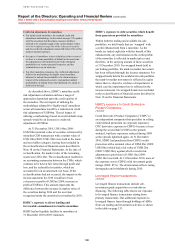 140
140 -
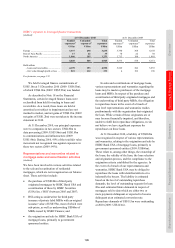 141
141 -
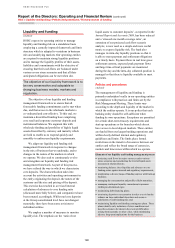 142
142 -
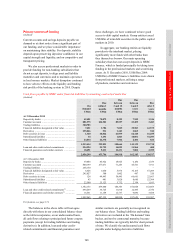 143
143 -
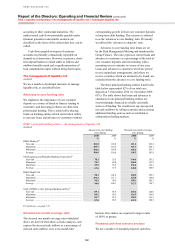 144
144 -
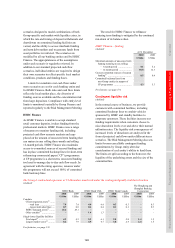 145
145 -
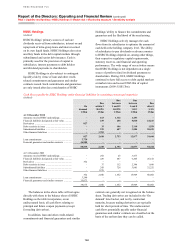 146
146 -
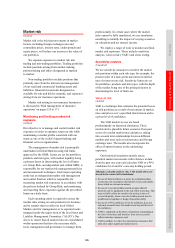 147
147 -
 148
148 -
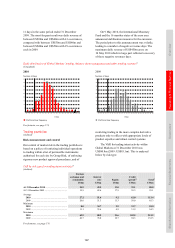 149
149 -
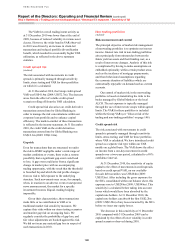 150
150 -
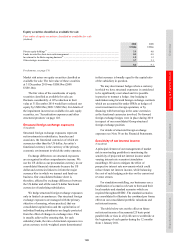 151
151 -
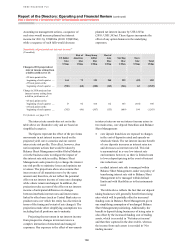 152
152 -
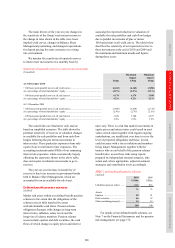 153
153 -
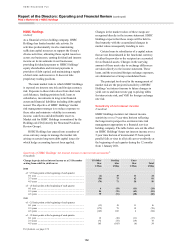 154
154 -
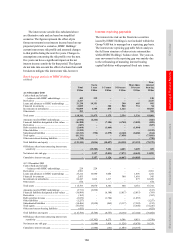 155
155 -
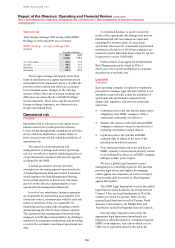 156
156 -
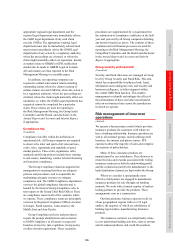 157
157 -
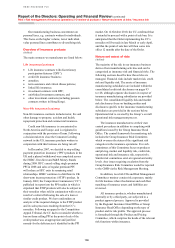 158
158 -
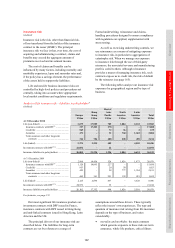 159
159 -
 160
160 -
 161
161 -
 162
162 -
 163
163 -
 164
164 -
 165
165 -
 166
166 -
 167
167 -
 168
168 -
 169
169 -
 170
170 -
 171
171 -
 172
172 -
 173
173 -
 174
174 -
 175
175 -
 176
176 -
 177
177 -
 178
178 -
 179
179 -
 180
180 -
 181
181 -
 182
182 -
 183
183 -
 184
184 -
 185
185 -
 186
186 -
 187
187 -
 188
188 -
 189
189 -
 190
190 -
 191
191 -
 192
192 -
 193
193 -
 194
194 -
 195
195 -
 196
196 -
 197
197 -
 198
198 -
 199
199 -
 200
200 -
 201
201 -
 202
202 -
 203
203 -
 204
204 -
 205
205 -
 206
206 -
 207
207 -
 208
208 -
 209
209 -
 210
210 -
 211
211 -
 212
212 -
 213
213 -
 214
214 -
 215
215 -
 216
216 -
 217
217 -
 218
218 -
 219
219 -
 220
220 -
 221
221 -
 222
222 -
 223
223 -
 224
224 -
 225
225 -
 226
226 -
 227
227 -
 228
228 -
 229
229 -
 230
230 -
 231
231 -
 232
232 -
 233
233 -
 234
234 -
 235
235 -
 236
236 -
 237
237 -
 238
238 -
 239
239 -
 240
240 -
 241
241 -
 242
242 -
 243
243 -
 244
244 -
 245
245 -
 246
246 -
 247
247 -
 248
248 -
 249
249 -
 250
250 -
 251
251 -
 252
252 -
 253
253 -
 254
254 -
 255
255 -
 256
256 -
 257
257 -
 258
258 -
 259
259 -
 260
260 -
 261
261 -
 262
262 -
 263
263 -
 264
264 -
 265
265 -
 266
266 -
 267
267 -
 268
268 -
 269
269 -
 270
270 -
 271
271 -
 272
272 -
 273
273 -
 274
274 -
 275
275 -
 276
276 -
 277
277 -
 278
278 -
 279
279 -
 280
280 -
 281
281 -
 282
282 -
 283
283 -
 284
284 -
 285
285 -
 286
286 -
 287
287 -
 288
288 -
 289
289 -
 290
290 -
 291
291 -
 292
292 -
 293
293 -
 294
294 -
 295
295 -
 296
296 -
 297
297 -
 298
298 -
 299
299 -
 300
300 -
 301
301 -
 302
302 -
 303
303 -
 304
304 -
 305
305 -
 306
306 -
 307
307 -
 308
308 -
 309
309 -
 310
310 -
 311
311 -
 312
312 -
 313
313 -
 314
314 -
 315
315 -
 316
316 -
 317
317 -
 318
318 -
 319
319 -
 320
320 -
 321
321 -
 322
322 -
 323
323 -
 324
324 -
 325
325 -
 326
326 -
 327
327 -
 328
328 -
 329
329 -
 330
330 -
 331
331 -
 332
332 -
 333
333 -
 334
334 -
 335
335 -
 336
336 -
 337
337 -
 338
338 -
 339
339 -
 340
340 -
 341
341 -
 342
342 -
 343
343 -
 344
344 -
 345
345 -
 346
346 -
 347
347 -
 348
348 -
 349
349 -
 350
350 -
 351
351 -
 352
352 -
 353
353 -
 354
354 -
 355
355 -
 356
356 -
 357
357 -
 358
358 -
 359
359 -
 360
360 -
 361
361 -
 362
362 -
 363
363 -
 364
364 -
 365
365 -
 366
366 -
 367
367 -
 368
368 -
 369
369 -
 370
370 -
 371
371 -
 372
372 -
 373
373 -
 374
374 -
 375
375 -
 376
376 -
 377
377 -
 378
378 -
 379
379 -
 380
380 -
 381
381 -
 382
382 -
 383
383 -
 384
384 -
 385
385 -
 386
386 -
 387
387 -
 388
388 -
 389
389 -
 390
390 -
 391
391 -
 392
392 -
 393
393 -
 394
394 -
 395
395 -
 396
396
 |
 |

HSBC HOLDINGS PLC
Report of the Directors: Operating and Financial Review (continued)
Risk > Market risk > Trading and non-trading portfolios / Structural FX exposures / Sensitivity of NII
148
The VAR for overall trading intent activity as
at 31 December 2010 was lower than at the end of
2009, because of reduced volatility in various asset
classes. However, the wider band in VAR observed
in 2010 was driven by an increase in client-led
transactions and reduced portfolio diversification
benefit, which resulted in occasionally higher VAR
utilisation, as reflected in the above summary
statistics.
Credit spread risk
(Audited)
The risk associated with movements in credit
spreads is primarily managed through sensitivity
limits, stress testing and VAR for those portfolios
on which it is calculated.
At 31 December 2010, the Group credit spread
VAR was US$41.9m (2009: US$72.7m). The decrease
arose from the effect of volatile credit spread
scenarios rolling off from the VAR calculation.
Credit spread risk also arises on credit derivative
transactions entered into by Global Banking in
order to manage the risk concentrations within our
corporate loan portfolio and so enhance capital
efficiency. The mark-to-market of these transactions
is reflected in the income statement. At 31 December
2010, the credit VAR on the credit derivatives
transactions entered into by Global Banking was
US$12.3m (2009: US$13.8m).
Gap risk
Even for transactions that are structured to render
the risk to HSBC negligible under a wide range of
market conditions or events, there exists a remote
possibility that a significant gap event could lead
to loss. A gap event could arise from a significant
change in market price with no accompanying
trading opportunity, with the result that the threshold
is breached beyond which the risk profile changes
from no risk to full exposure to the underlying
structure. Such movements may occur, for example,
when, in reaction to an adverse event or unexpected
news announcement, the market for a specific
investment becomes illiquid, making hedging
impossible.
Given their characteristics, these transactions
make little or no contribution to VAR or to
traditional market risk sensitivity measures. We
capture their risks within our stress testing scenarios
and monitor gap risk on an ongoing basis. We
regularly consider the probability of gap loss, and
fair value adjustments are booked against this risk.
We did not incur any material gap loss in respect of
such transactions in 2010.
Non-trading portfolios
(Audited)
Risk measurement and control
The principal objective of market risk management
of non-trading portfolios is to optimise net interest
income. Interest rate risk in non-trading portfolios
arises principally from mismatches between the
future yield on assets and their funding cost, as a
result of interest rate changes. Analysis of this risk
is complicated by having to make assumptions on
embedded optionality within certain product areas
such as the incidence of mortgage prepayments,
and from behavioural assumptions regarding
the economic duration of liabilities which are
contractually repayable on demand such as current
accounts.
Our control of market risk in the non-trading
portfolios is based on transferring the risks to the
books managed by Global Markets or the local
ALCO. The net exposure is typically managed
through the use of interest rate swaps within agreed
limits. The VAR for these portfolios is included
within the Group VAR (see ‘Value at risk of the
trading and non-trading portfolios’ on page 146).
Credit spread risk
The risk associated with movements in credit
spreads is primarily managed through sensitivity
limits, stress testing, and VAR for those portfolios
where VAR is calculated. We have introduced credit
spread as a separate risk type within our VAR
models on a global basis. The VAR shows the effect
on income from a one-day movement in credit
spreads over a two-year period, calculated to a 99%
confidence interval.
At 31 December 2010, the sensitivity of equity
capital to the effect of movements in credit spreads,
based on credit spread VAR, on our available-
for-sale debt securities was US$264m (2009:
US$535m). After including the gross exposure for
the SICs consolidated within our balance sheet, this
exposure rose to US$299m (2009: US$549m). This
sensitivity is calculated before taking into account
losses which would have been absorbed by the
capital note holders. At 31 December 2010, the
capital note holders can absorb the first US$2.2bn
(2009: US$2.2bn) of any losses incurred by the SICs
before we incur any equity losses.
The decrease in this sensitivity at 31 December
2010 compared with 31 December 2009 can be
explained by the effect of lower volatility in credit
spread scenarios observed during 2010.
